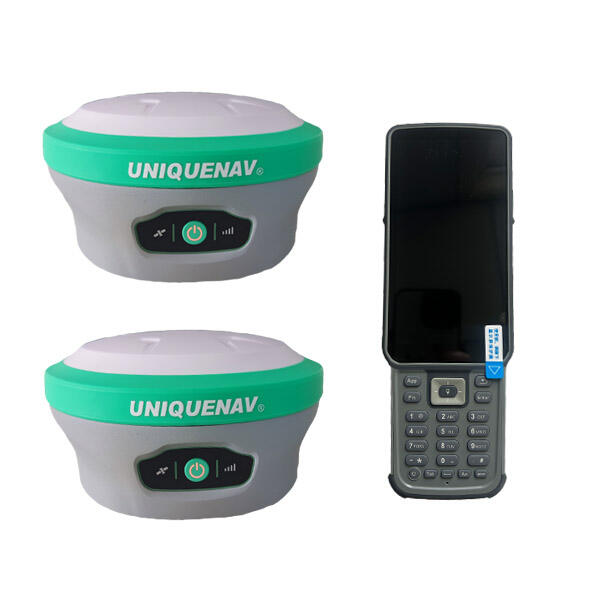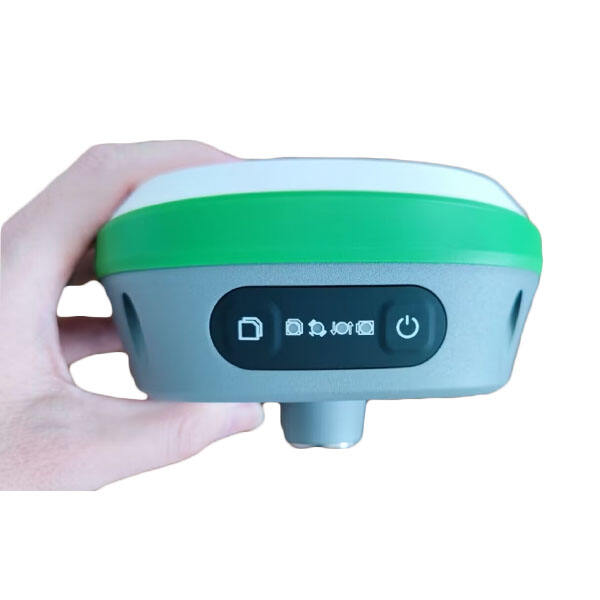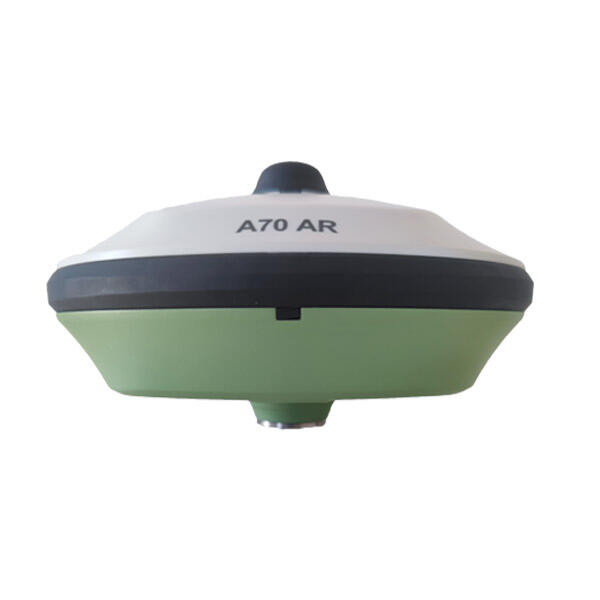rtk gps cost
Real Time Kinematic (RTK) GPS technology represents a significant advancement in precision positioning systems, with costs varying based on system complexity and capabilities. RTK GPS systems typically range from $5,000 to $25,000 for professional-grade equipment, which includes base stations, rovers, and necessary software. The cost structure reflects the advanced technology that enables centimeter-level accuracy through real-time corrections of GPS signals. These systems consist of multiple components, including the base station, rover receivers, radio or cellular communication modules, and data processing software. Professional RTK GPS solutions offer sub-inch accuracy, making them invaluable for applications in surveying, precision agriculture, construction, and geospatial mapping. The investment considerations include not only the initial hardware costs but also ongoing subscription fees for correction services, maintenance, and potential software updates. While high-end systems command premium prices, the market also offers mid-range solutions suitable for smaller operations, with prices starting around $8,000. The total cost of ownership should factor in training, support, and the potential return on investment through improved accuracy and efficiency in field operations.


